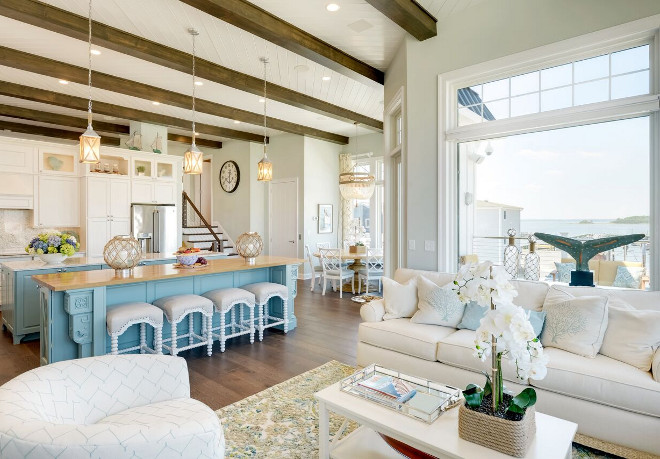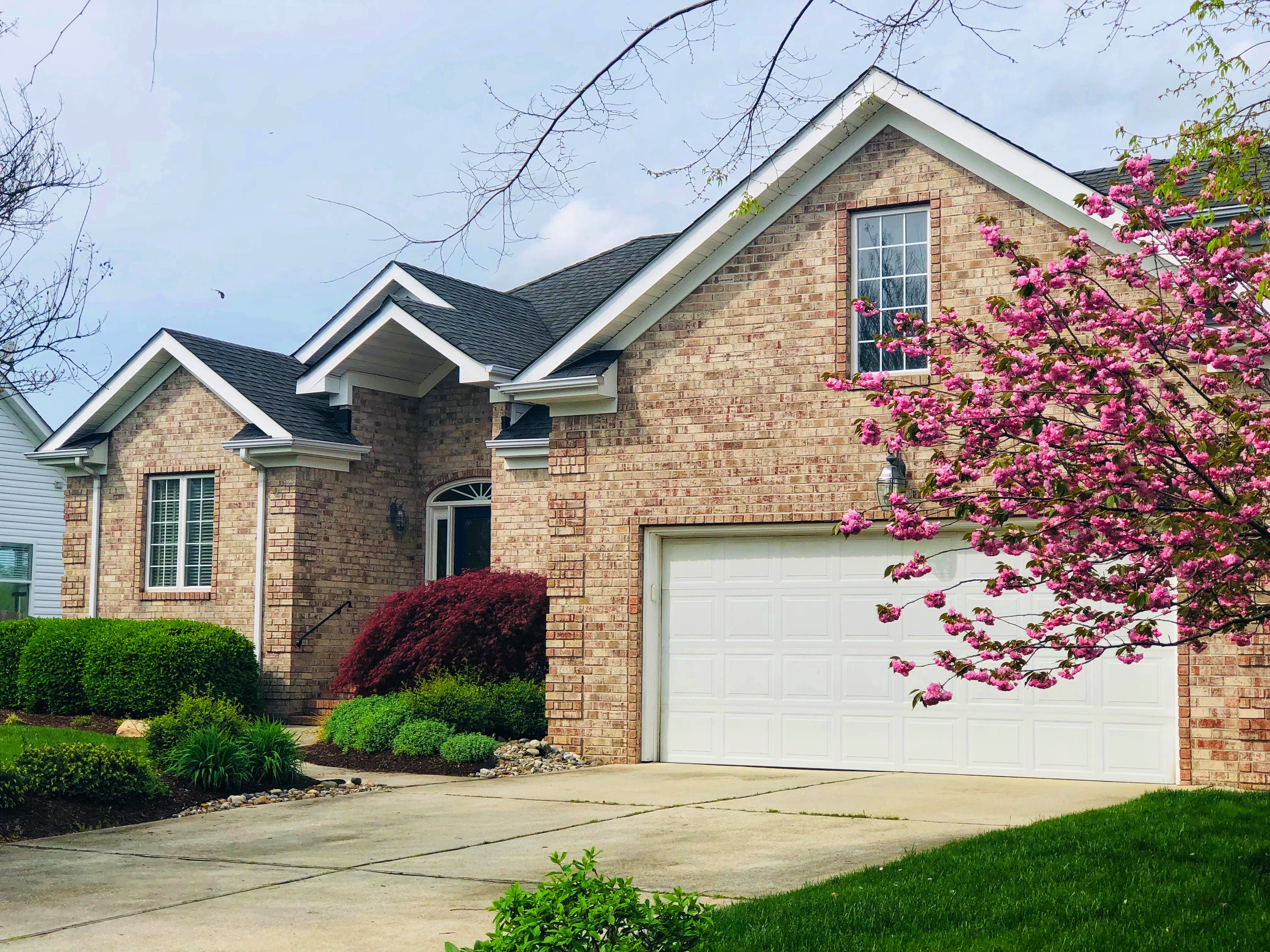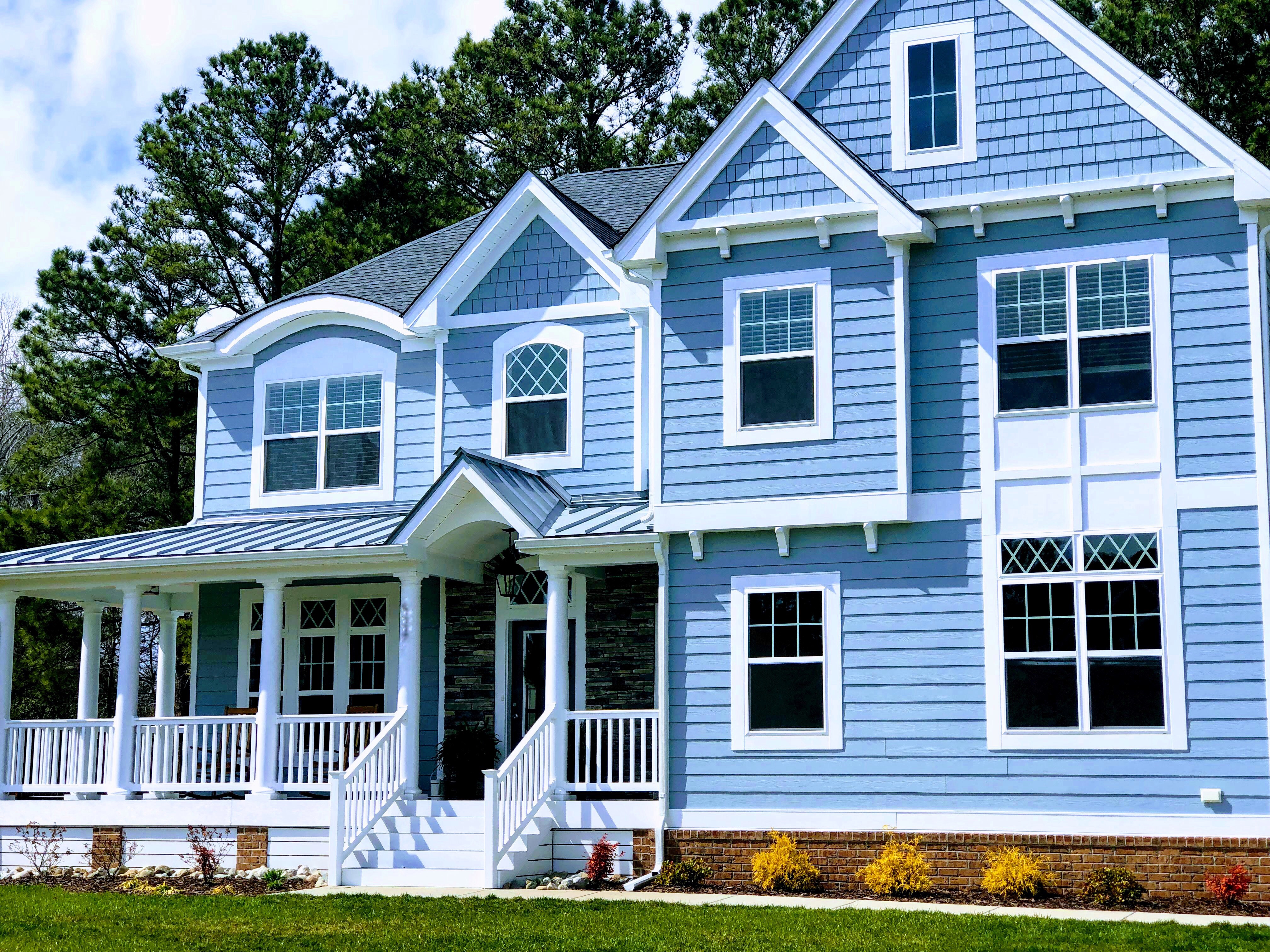Understanding the Appraisal Process
CMP Appraisals takes pride in providing exceptional, personal, and professional care of our clients. We understand that every real estate purchase brings monumental financial decisions. We have experience with multiple lender platforms and can confidently handle complex assignments. Your appraisal report is unique and we are committed to providing the most accurate and dependable valuation reports in both Virginia and Maryland. Contact us today to talk about your specific needs.
Property InspectionEach of our reports includes a detailed floor plan, comprehensive site description, and an extensive summary on all improvements. Our goal is to provide you with the most precise valuation possible. Instead of relying on tax records, which are often inaccurate, we will physically measure your property's dimensions.
Cost ApproachThe cost approach to the value of your property analyzes how much it would cost to replicate the property, meaning this approach looks at items that an owner would expect to have to replace at some regular interval. These items are referred to as short-lived items. Items in this category would include hot water heaters, carpeting, and kitchen appliances. This approach also looks at items that an owner would not expect to have to replace, such as the frame and foundation. These items are called long-lived items. There are several methods that can be used in the cost approach. The typical method is the breakdown method. Another method, the age/life method, captures the age of the property in relation to how long it will contribute economically.
The first step is to calculate the expected lifespan and the actual age of the short-lived items. In doing so, you can determine how much those items have depreciated. Next, the cost to replace those items would be considered, and that would need to be applied to the replacement cost. This reveals how much those items contribute to the overall value of the property and the long-lived items.
An obsolescence is a feature a property has that reduces its overall value. An obsolescence can be curable or incurable. A curable obsolescence is one that can be easily fixed. For example, a damaged garage door is a curable obsolescence. An incurable obsolescence is one that cannot be feasibly fixed. The effect of depreciation on the frame of a structure would be an example.
The age/life calculation is how the amount of depreciation is calculated. The subject’s actual age is 25 years. Its implied life, meaning the amount of time it should be expected to contribute economically, is 100 years. The age-life method is calculated by dividing the actual age by the implied life (25/100 = .25). This calculation indicates the subject has depreciated by 25% from the time it was constructed.
Replacement cost can be obtained in a variety of ways. One way is to analyze the sales of newly constructed homes. Another way is to obtain replacement cost is to refer to the nationally recognized data source Marshall & Swift/Boeck LLC and its licensers.
 Sales Comparison ApproachThe cost approach to value is most often used on very unique properties where similar comparable sales would be difficult to obtain. In doing so, the value of certain features are identified and accounted for. This process is known as a paired sales analysis. For example, if a comparable sale has four extra acres of land that the home being appraised doesn't have, the value of those extra acres would be deducted from the sale price of the comparable sale. It is important to understand the appraiser adds or subtracts the contributory value of the feature. If for example, you recently renovated you kitchen at a cost of $10,000, you may not necessarily see that reflected in the contributory value. A valid estimate of what the home might sell for can only be determined once all differences between the comparable sales and the home being appraised have been evaluated.

The Income ApproachIn the income approach, the appraiser looks at comparable properties that have been rented. The appraiser completes a paired analysis much in the same way as in the sales comparison approach. Instead of adjusting the sales prices, the appraiser adjusts the rent price. Then, the appraiser multiplies the arrived rent amount by the localities gross rent multiplier (GRM). For example, if a property has an indicated rent of $2,000 a month, and the local GRM is 135, the value determination would be $2,000 x 135= $270,000.
Arriving at a Value ConclusionThis step in the appraisal process is known as the reconciliation. The appraiser would determine which method of valuation is the most applicable to the property being appraised and use that method to determine value. As was stated before, the sales comparison approach is the one most often used because it analyses recently sold and actively listed properties.
|



